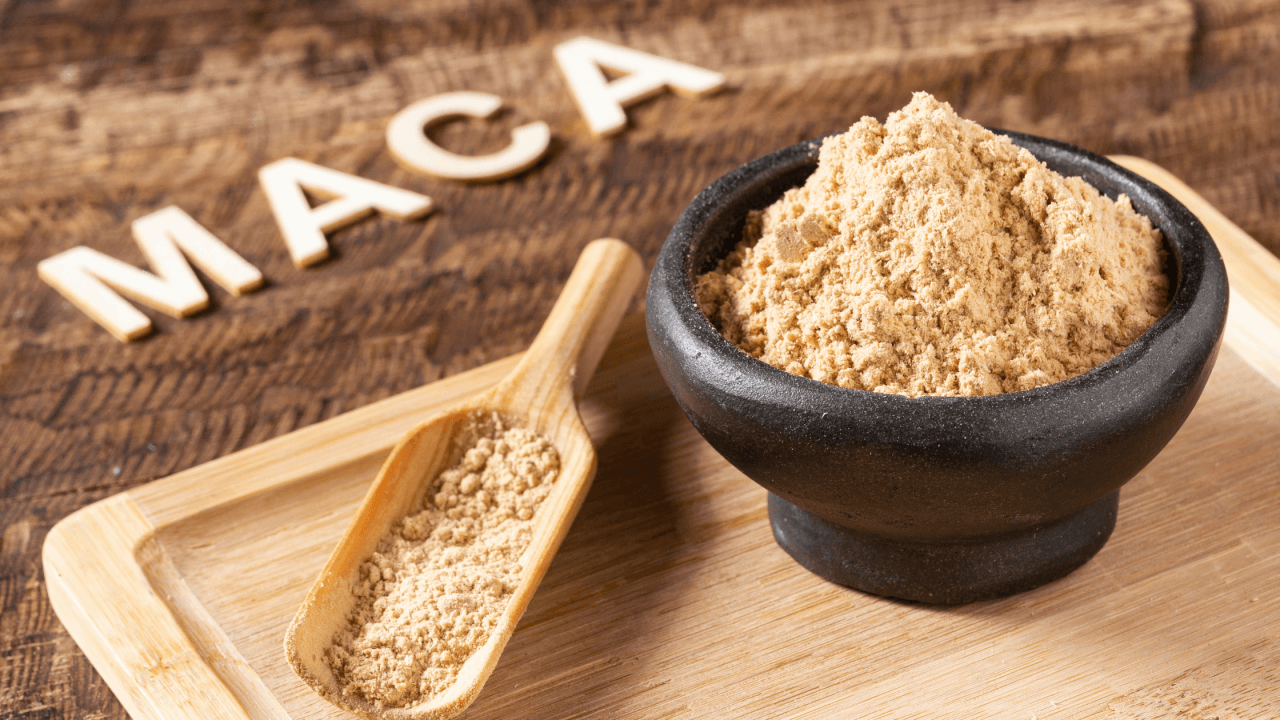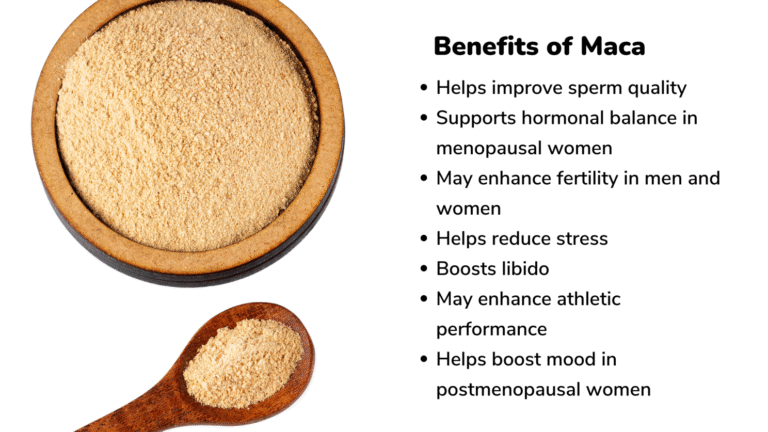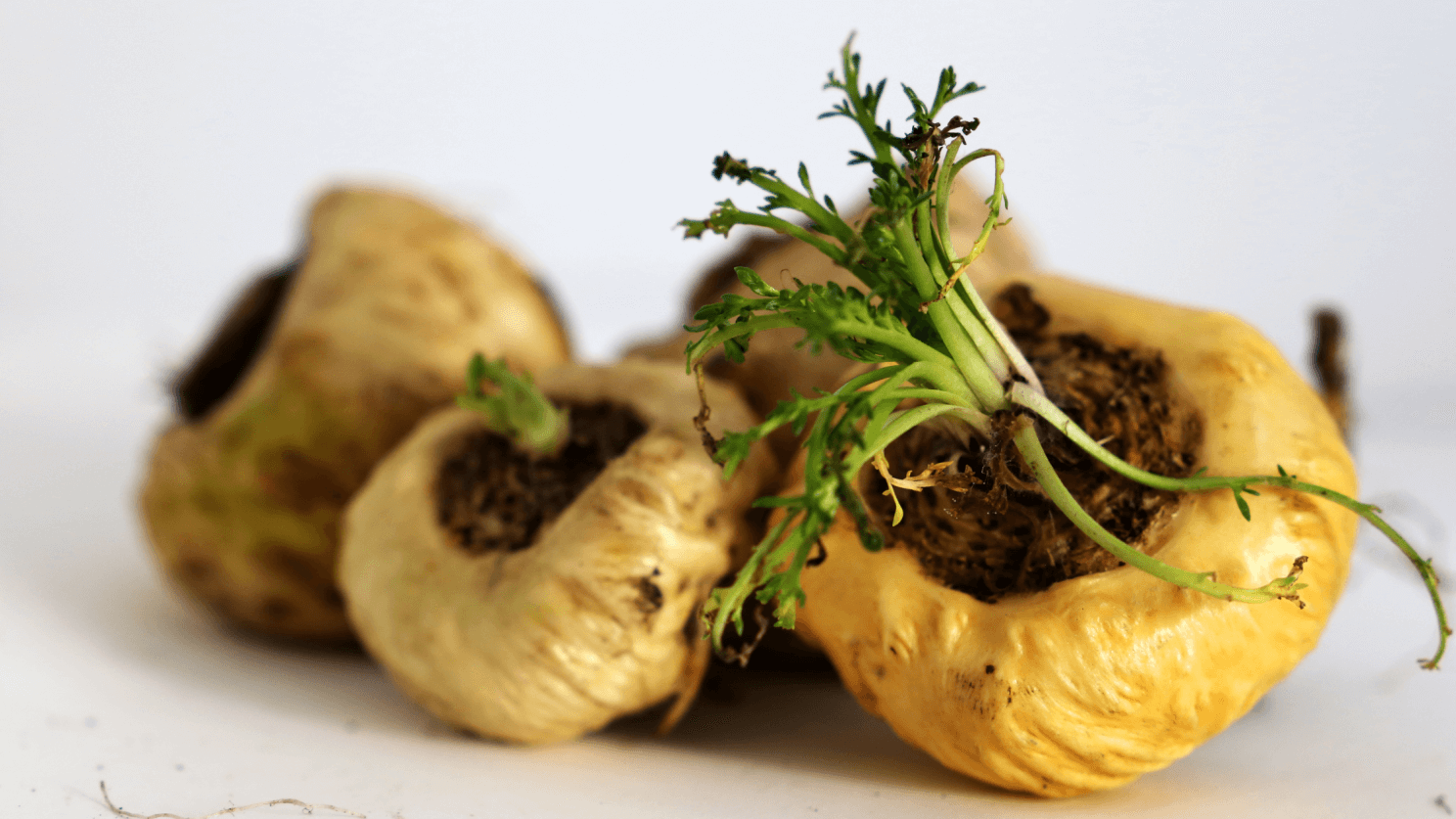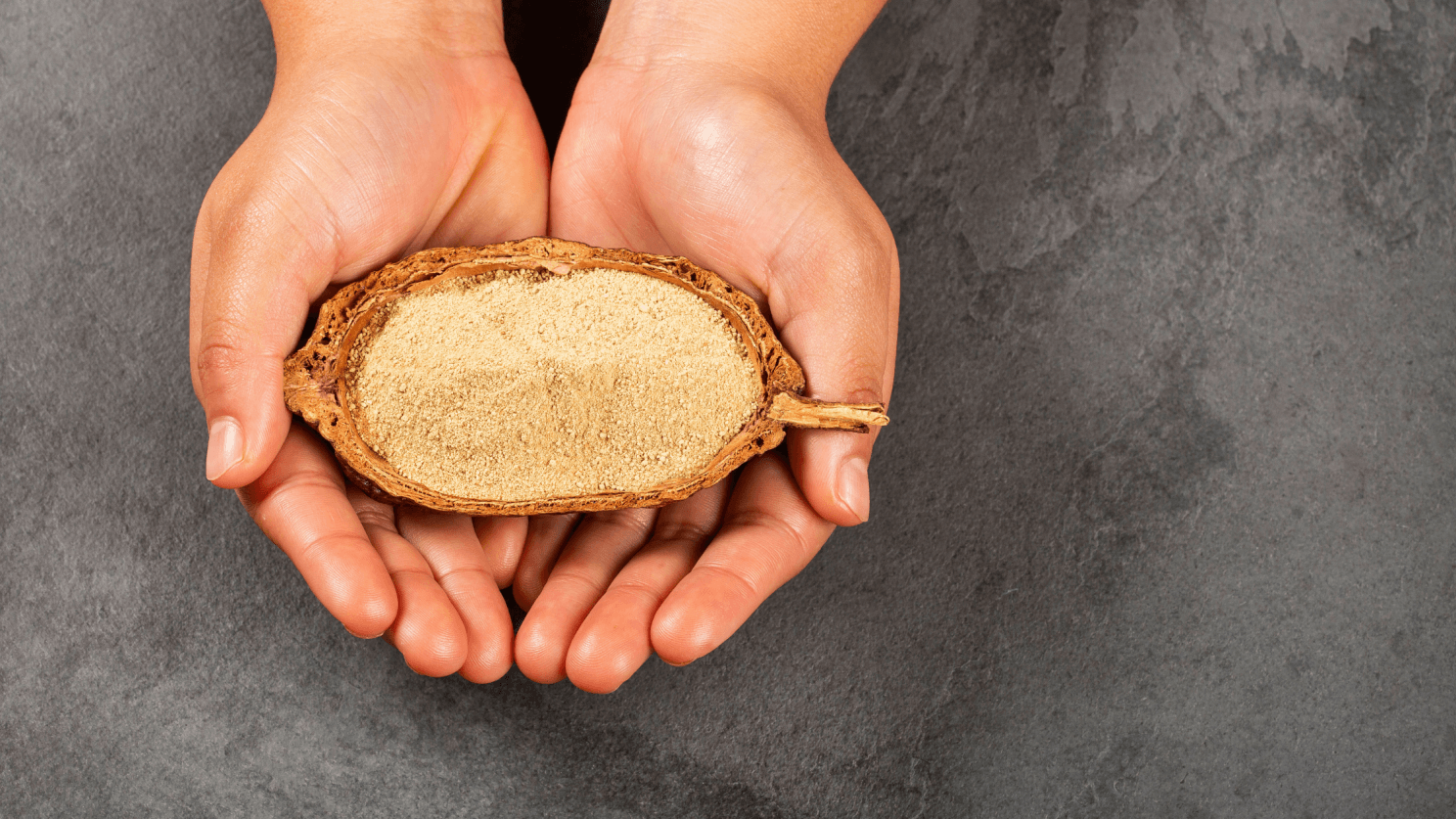Maca – Peruvian Ginseng
Overview
Maca (Lepidium meyenii) is a hardy perennial plant cultivated high in the Andes Mountains, where it is intensely cold, with strong sunlight and winds. It is rich in protein, fiber, carbohydrates, and essential nutrients, like calcium and iron. Maca has been used in traditional folk medicine by the Peruvians for thousands of years for its many health benefits.
Key Benefits
History of Usage
Peruvians have used maca since pre-Incan times for nutritional and medicinal purposes. Maca was domesticated about 2,000 years ago by the Incas, and has been found in archeological sites dating back to 1600 B.C. It has been an important staple in the diet of the Peruvians living at high altitude, since it has the greatest nutritional value of any food crop grown there.
Maca root smells like butterscotch, and can be ground into a powder and added to food and drinks. Peruvians still eat them fresh, dried, baked, and boiled. They are also used to make a fermented drink called maca chicha.
The first written description about maca (as a root without identification of the botanical or popular name) was published in 1553, in which Cieza de Leon, a chronicler of the Spaniard conquest of Peru, noted that in the Peruvian highlands, the natives used certain roots for maintenance. Father Cobo was the first to describe the name of maca and its properties, in 1653. He stated that this plant grows in the harshest and coldest areas of the province of Chinchaycocha where no other plant for man’s sustenance could be grown. Cobo also referred to the use of maca for fertility and maca for libido. In the 18th century, H. Ruiz referred to the fertility-enhancing properties of maca and also its stimulant effect.
Maca has recently been studied profusely because of the great health benefits.
Biochemistry
Maca belongs to the Brassica family, the same as that of broccoli, radish, and watercress. The fresh roots contain about 1% glucosinolates, which are cancer-preventatives.
The high nutritional value of dried maca root resembles those of maize, rice, and wheat. Maca root contains 60-75% carbohydrates, 10–14 % protein, 8.5% fiber, and 2.2% lipids. The protein content of maca exists mainly in the form of polypeptides and amino acids (including significant amounts of arginine, serine, histidine, aspartic acid, glutamic acid, glycine, valine, phenylalanine, tyrosine, and threonine).
Fresh roots contain 80% water. The most abundant fatty acids are linoleic, palmitic, and oleic acids. Saturated fatty acids represent 40.1%, whereas unsaturated fatty acids are present at 52.7%.
Maca extract is rich in the essential minerals phosphorus, iodine, potassium, sodium, manganese, calcium, iron and magnesium. Maca stimulates the pituitary gland and the hypothalamus, the glands responsible for regulating other important glands. This, in turn, helps to re-balance the testicular, ovarian and adrenal glands; the pancreas; and the thyroid.
Research shows maca root contains a chemical called p-methoxybenzyl isothiocyanate, which has reputed aphrodisiac properties.
Recent Trends
The global maca extract market size is projected to reach $61 million by 2026, from $57 million in 2020, at a CAGR of 1.1% during 2021-2026.
Maca powder is good for male enhancement supplements, and is known for the red maca benefits for female used in hormonal balancing supplements.
Maca supplements are sold in the forms of capsules, tablets, powders, and teas.
Precautions
- Pregnant and breastfeeding women should consult a healthcare professional before taking maca.
- Individuals who have thyroid disease should avoid taking maca.
References
- Shin BC, Lee MS, Yang EJ, Lim HS, Ernst E. Maca (L. meyenii) for improving sexual function: a systematic review. BMC Complement Altern Med. 2010;10:44. Published 2010 Aug 6. doi:10.1186/1472-6882-10-44
- Stone, Mark, Ibarra, A., Roller, M., Zangara, Andrea and Stevenson, Emma (2009) A pilot investigation into the effect of maca supplementation on physical activity and sexual desire in sportsmen. Journal of Ethnopharmacology, 126 (3). pp. 574-576. ISSN 0378-8741
- Lee MS, Lee HW, You S, Ha KT. The use of maca (Lepidium meyenii) to improve semen quality: A systematic review. Maturitas. 2016 Oct;92:64-69. doi: 10.1016/j.maturitas.2016.07.013. Epub 2016 Jul 21.
- Stojanovska L, Law C, Lai B, Chung T, Nelson K, Day S, Apostolopoulos V, Haines C. Maca reduces blood pressure and depression, in a pilot study in postmenopausal women. Climacteric. 2015 Feb;18(1):69-78.
- Meissner HO, Mscisz A, Reich-Bilinska H, et al. Hormone-Balancing Effect of Pre-Gelatinized Organic Maca (Lepidium peruvianum Chacon): (III) Clinical responses of early-postmenopausal women to Maca in double blind, randomized, Placebo-controlled, crossover configuration, outpatient study. Int J Biomed Sci. 2006;2(4):375-394.
- Gonzales GF. Ethnobiology and Ethnopharmacology of Lepidium meyenii (Maca), a Plant from the Peruvian Highlands. Evid Based Complement Alternat Med. 2012;2012:193496. doi:10.1155/2012/193496
- Cobo B. History of the New World. Madrid, Spain: Biblioteca de Autores Españoles; 1956.
- Ruiz H. Relación histórica del viaje a los reinos del Perú y Chile, 1777-1778. Madrid, Spain: Academia de Ciencias Exactas, Físicas y Naturales; 1952.




